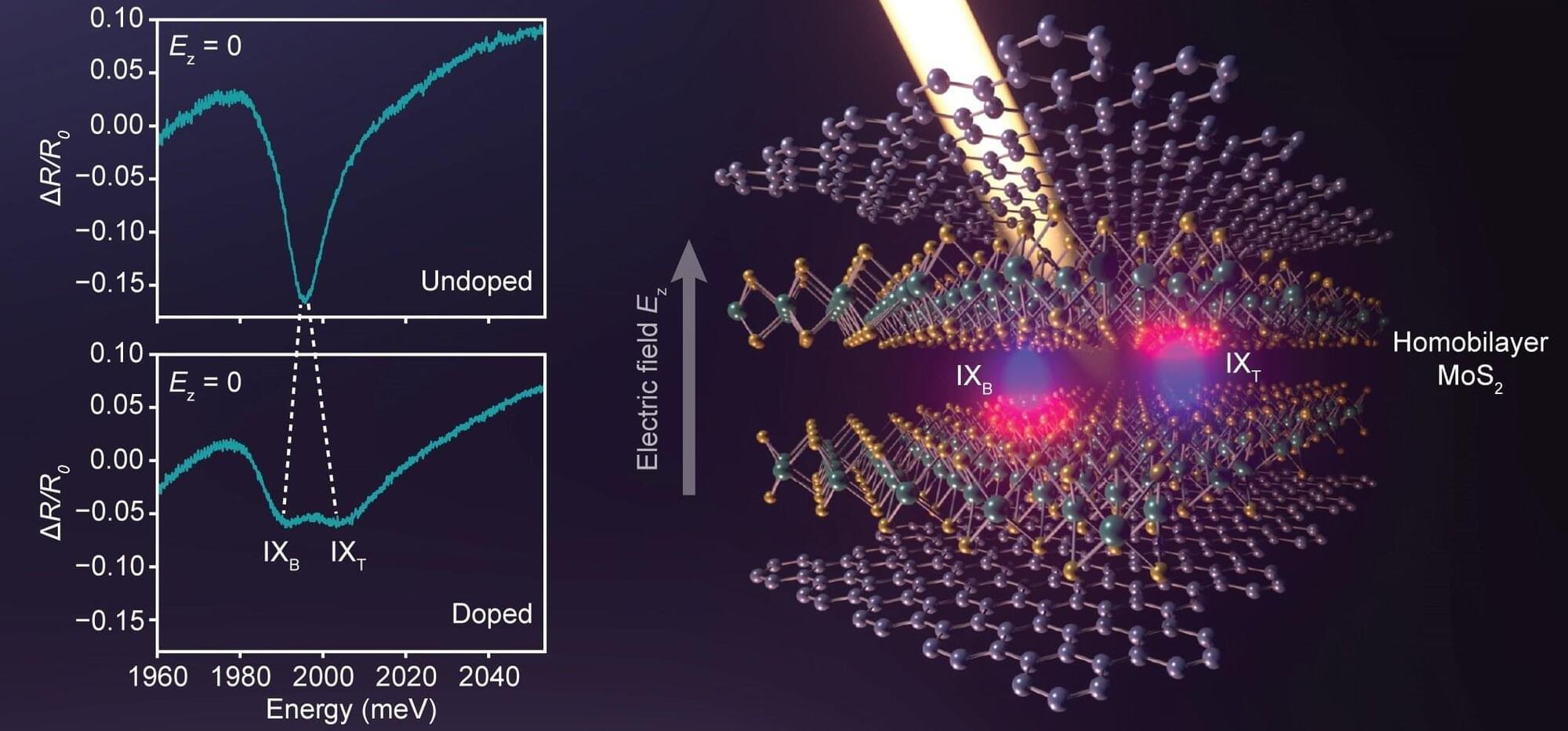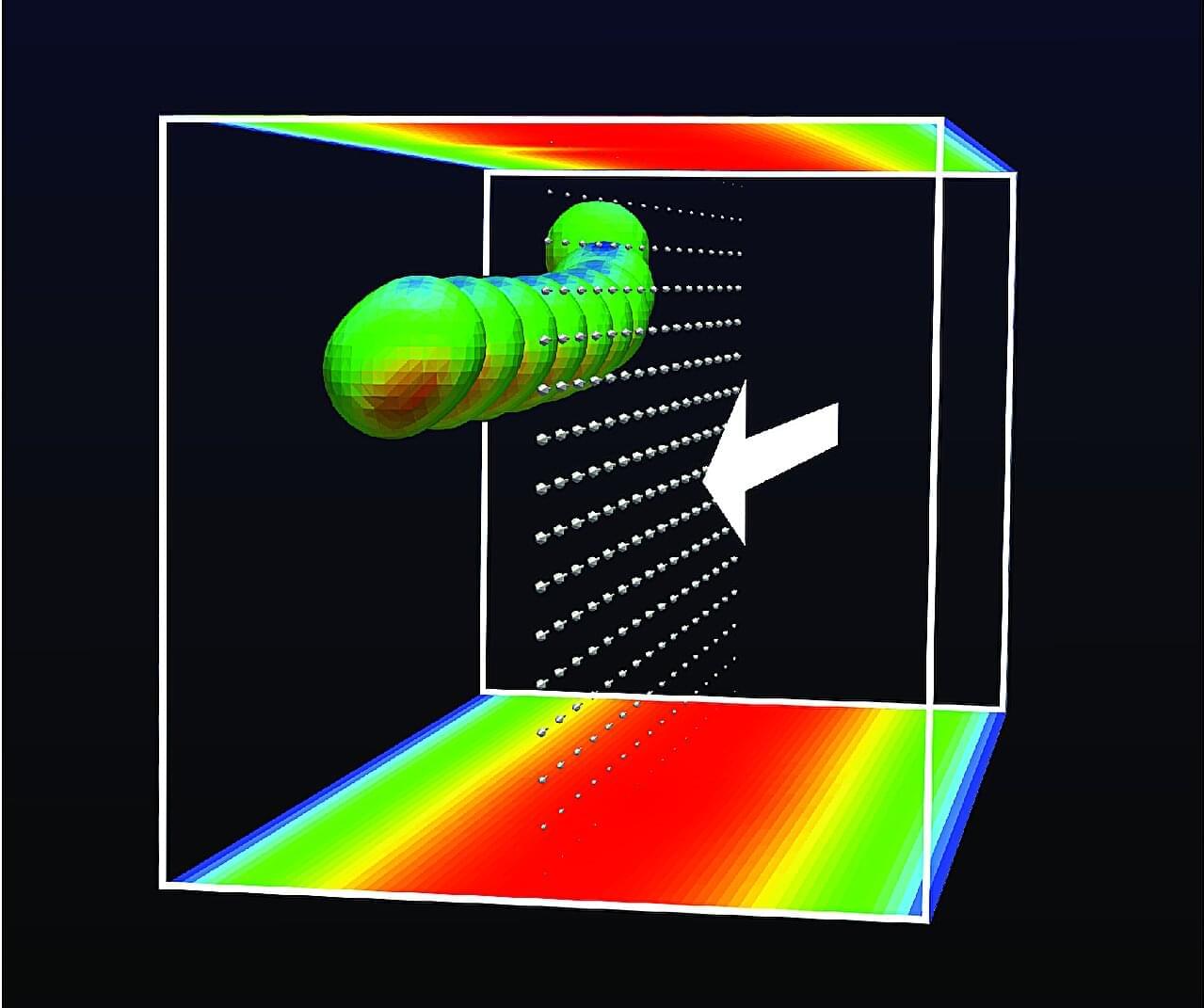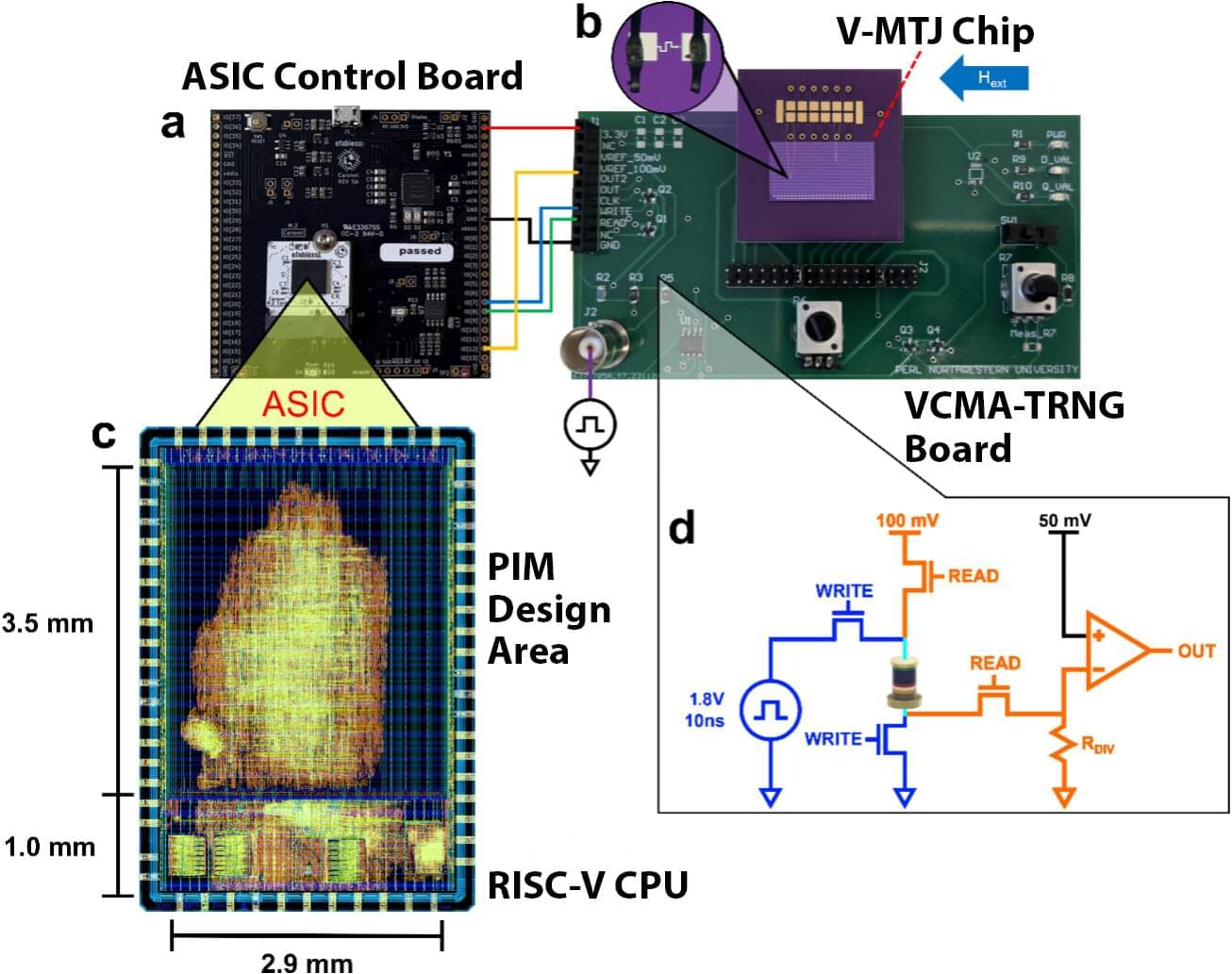The neutral atom array architecture for quantum computing has been rapidly advancing over the last several years, and a recent study published in Nature has just revealed another step forward for this technology. The team of Harvard researchers involved in this study have engineered a 3,000-qubit neutral atom array system capable of operating continuously for more than two hours, which goes far beyond typical trap lifetimes of only about 60 seconds.
Typically, neutral atom array systems arrange neutral atoms, like rubidium, in an array using highly focused laser beams, called optical tweezers. The individual atoms are arranged and held under vacuum conditions and then used as qubits to perform quantum computing and other operations. However, the procedure results in the loss of some atoms.
“An outstanding challenge associated with these systems involves atom loss, originating from errors in entangling operations, state-readout, and finite trap lifetime. Atom losses necessitate pulsed operation which limits the performance of these quantum systems, including the circuit depth of quantum computation, accuracy of atomic clocks, and the rate of entanglement generation in quantum networking protocols,” the study authors explain.








